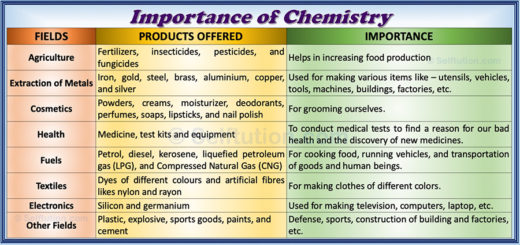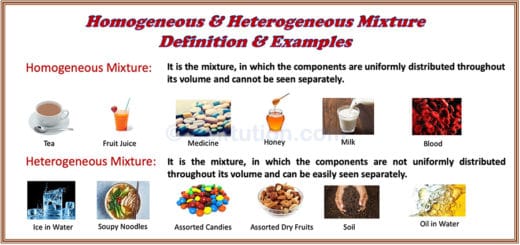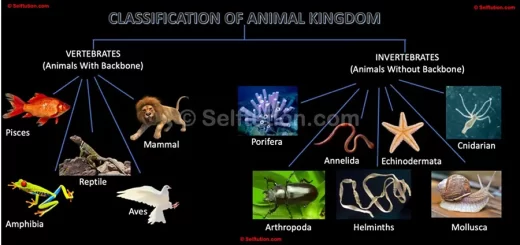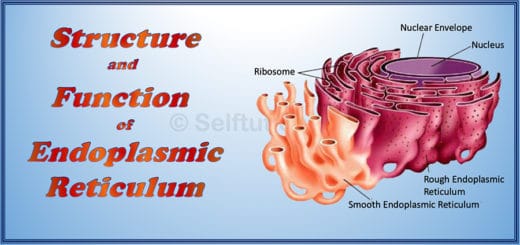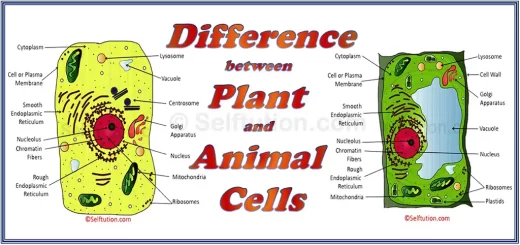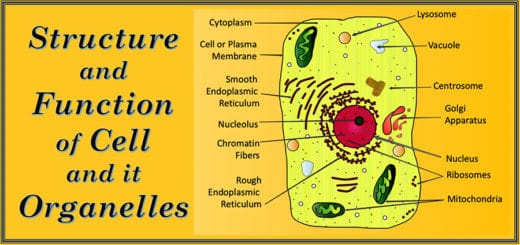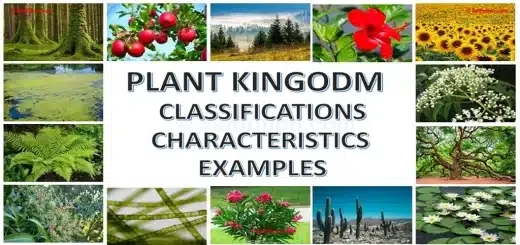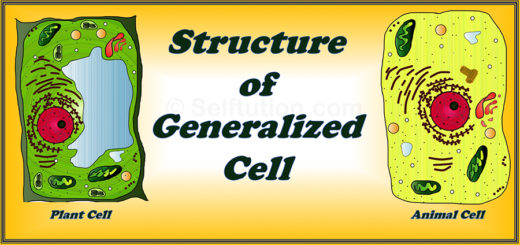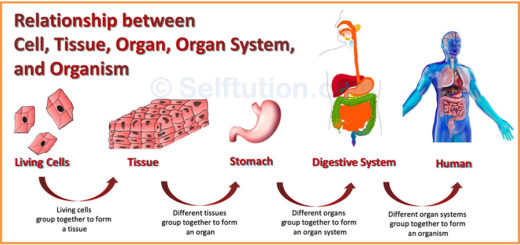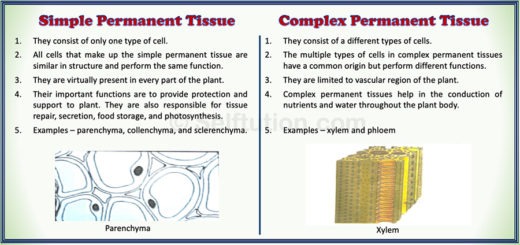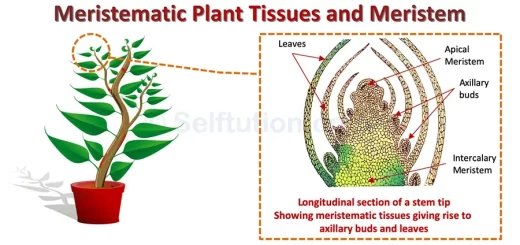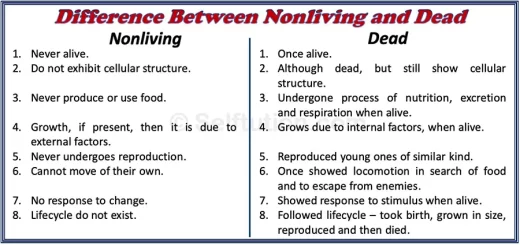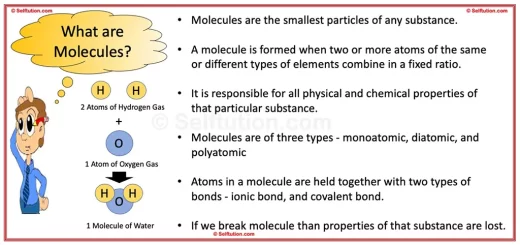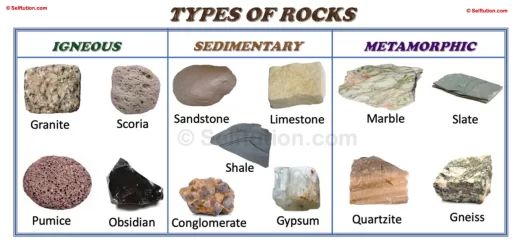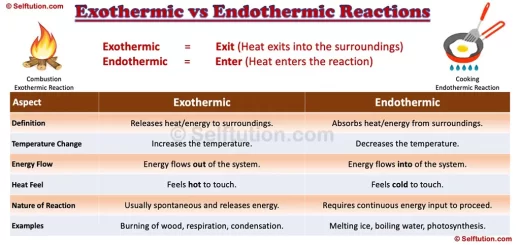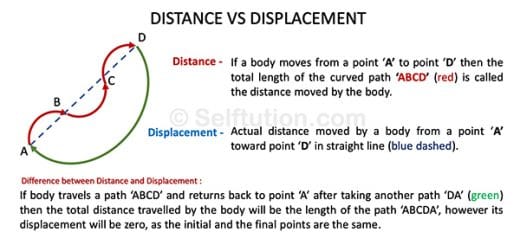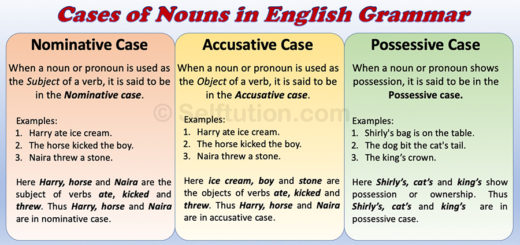Meristematic Plant Tissues and Meristem | Types & Examples
We derive the word ‘meristematic’ or ‘meristem’ from the Greek word ‘meristos’, which means ‘divide’. Therefore, meristematic plant tissues are made of actively dividing cells.
The cells, which form meristematic tissue can multiply and produce new cells. Their only function is to produce more cells, leading to the growth of the plant body. Meristem is the part of the plant body where these cells exist.
We can find meristematic tissues at all growing points of a plant, like the tips of roots, stems, and branches, where growth in length occurs. Likewise, they also exist between the bark and the wood of trees, leading to growth in the diameter of the stem.
The main characteristics of meristematic plant tissues are tabulated below:
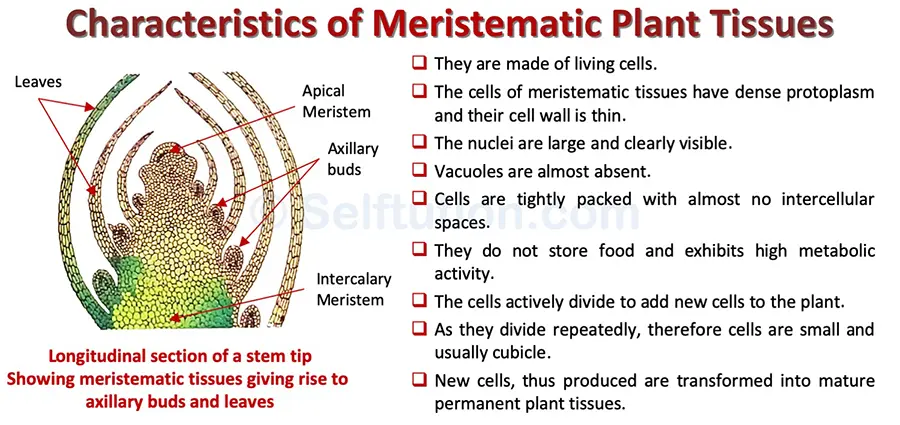
Characteristics of Meristematic Plant Tissues
TYPES OF MERISTEMATIC PLANT TISSUES
We classify meristematic tissue based on origin, location, and function.
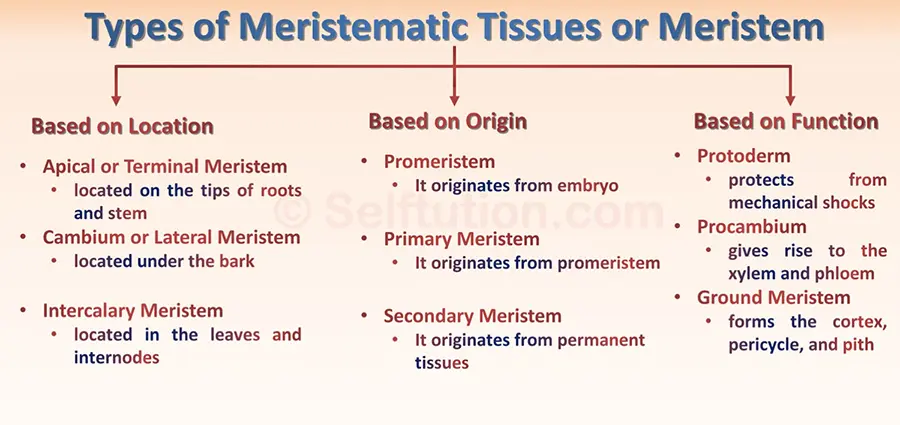
Types of meristematic plant tissues or meristem based on origin, location, and function
Meristematic Plant Tissues Based on Origin
Based on origin, meristematic tissues are of three types – promeristem, primary meristem, and secondary meristem.
Promeristem:
It is a group of young meristematic cells, which originates from the embryo. As promeristem originates from an embryo, therefore it is also called primordial meristem. They are mostly present at the shoot and root tip of a plant from which the other meristems arise. Promeristem forms the primary meristem in plants.
Primary Meristem:
It is a type of meristematic tissue that is responsible for primary growth i.e. growth in length. The growth in length originates from the promeristem and produces cells that become permanent tissues. For example, ground and primary vascular tissues. An example of a primary meristem is the apical and ground meristem.
Secondary Meristem:
It is the meristematic tissues that originate from the permanent tissues. The secondary meristem is usually the lateral meristem responsible for the increase in thickness of the plant.
Meristematic Plant Tissues Based on Location
Based on location, the meristematic tissues are of three types – apical or terminal meristem, cambium or lateral meristem, and intercalary meristem.
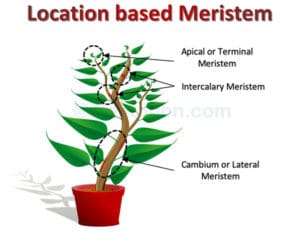
Location-based plant meristem
Apical or Terminal Meristem:
As the name suggests, the apical meristem is located on the tips of roots and stems and in the growing young leaves near the tips of stems and the tips of axillary buds.
Cambium or Lateral Meristem:
It exists under the bark and is responsible for an increase in the diameter of the stem.
Intercalary Meristem:
They are located in the leaves and internodes and help in increasing the length of internodes.
Meristematic Tissues Based on Function
The meristematic plant tissues are of three types – protoderm, procambium, and ground meristem based on function.
Protoderm:
It is the outermost plant tissue and forms the epidermis. Protoderm is located around the outside of the stem and protects the plants from any mechanical shocks.
Procambium:
It is the innermost tissue and gives rise to the xylem and phloem. It helps in the transport of water and nutrients to different parts of the plant.
Ground Meristem:
The cells are large with thick walls. It forms the cortex, pericycle, and pith.
You may also like…... Types of Chemical Reactions in Chemistry

